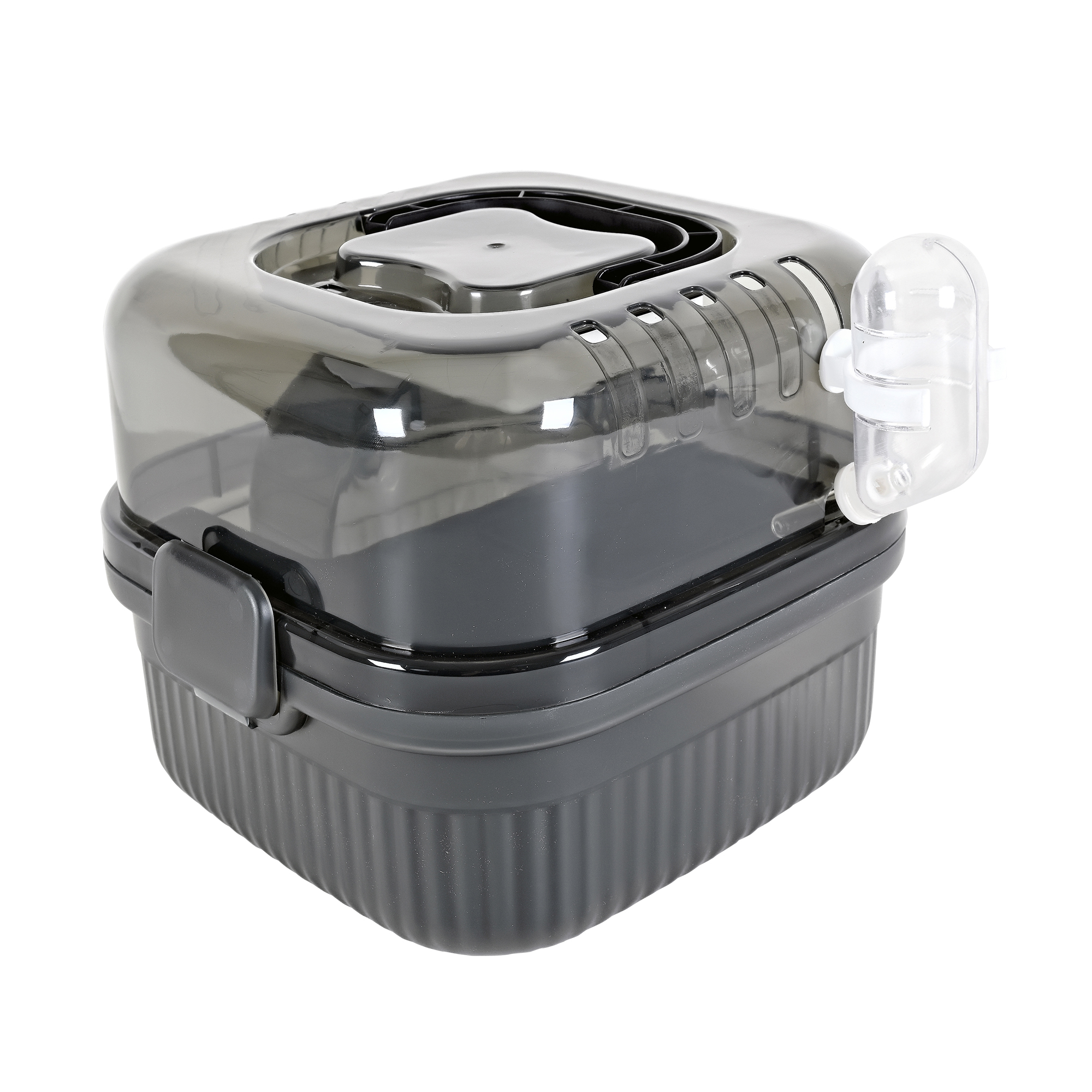Recommended Products
Choosing Suitable Toys and Supplies for Pet Mice
Pet mice, with their lively nature and adorable appearance, have become a popular choice for many households. However, raising pet mice is not simply about providing food and water—it requires thoughtful effort to create a rich and stimulating environment that meets their natural instincts and physiological needs. The selection of toys and supplies directly impacts their health, happiness, and lifespan, making it a task that demands careful attention.
Let’s start with the cage. The cage is a pet mouse’s home and primary living space. Cages on the market vary widely in material, size, and design. A suitable cage must first ensure safety. The spacing between bars must be small enough to prevent escape. I once encountered a case where a new owner bought a cage with slightly wider bar spacing, only to wake up the next morning and find their beloved mouse had pulled off a "prison break" and vanished. Though the mouse was eventually found, the experience underscores the importance of choosing the right cage.
Beyond safety, cage size is crucial. Pet mice need ample space to stay physically and mentally healthy. For a single mouse, the cage floor area should be at least 40cm x 60cm, with a height of at least 30cm. For multiple mice, a larger cage is necessary. The material also matters: metal cages are durable and easy to clean, but ensure the metal is non-toxic. Plastic cages are cheaper but can be chewed through and are harder to clean. The best option is a metal frame with a plastic base, balancing durability and ease of maintenance.
Interior setup is equally vital. Bedding is essential for absorbing urine and feces and maintaining hygiene. Common types include wood shavings, paper-based bedding, and corn cob bedding. Wood shavings are inexpensive but can produce dust, potentially causing respiratory issues. Paper bedding is highly absorbent and dust-free but pricier. Corn cob bedding offers moderate absorption and doesn’t clump easily. Whichever you choose, replace bedding regularly—at least twice weekly—to ensure cleanliness.
Beyond bedding, mice need a cozy resting spot. Naturally timid, they prefer dark, enclosed spaces. A suitable hideout provides security and reduces stress. Options include ceramic huts (durable but cold in winter), wooden huts (eco-friendly but chewable), and fabric huts (soft but prone to bacteria). Choose based on your preferences and practical needs.
Now, let’s talk about toys. For pet mice, toys aren’t just for fun—they’re critical for physical and mental well-being. Mice are active by nature and need play to expend energy and exercise. Without toys, they may become bored, anxious, or develop stereotypic behaviors. Research on lab mice shows that those in enriched environments (with toys) have better cognitive function and stress resilience than those in barren ones—a finding equally relevant to pet mice.
Common mouse toys include:
- Exercise wheels: A favorite for satisfying their running instinct. Choose a wheel at least 20cm in diameterto prevent spinal injury.
- Play balls: Allow exploration outside the cage, but ensure the environment is safe(e.g., no stairs or hazards).
- Tunnels and climbing structures: Stimulate curiosity and coordination. Mix materials and shapes for variety.
- Chew toys: Essential for wearing down ever-growing teeth. Opt for wood or mineral chews—avoid plastic, which can be ingested.
Safety is paramount: All toys should be non-toxic and structurally sound. Rotate toys regularly to maintain novelty and prevent boredom.
Other essentials:
- Food bowl and water bottle: Use heavy ceramic or metal bowls to prevent tipping. Choose a ball-point water bottle to avoid leaks. Refresh food and water daily.
- Bathing sand: Mice use sand to clean their fur. Use specialized sand or fine dust-free sand—avoid talc-based products, which can cause respiratory issues. Offer sand twice weekly for 15 minutes to keep fur clean and shiny.
When selecting supplies, always prioritize the mouse’s needs over aesthetics. Safety and functionality come first. Only by creating a secure, comfortable, and enriching environment can they thrive.
Finally, remember: raising pet mice isn’t just about material investment—it requires time, attention, and genuine care. Interact with them, observe their behaviors, and learn their preferences to build a deep bond. Though small, mice are intelligent and emotionally rich creatures. They’ll repay your care with their unique affection. Treasure every day with them, and give them a loving and caring home.
